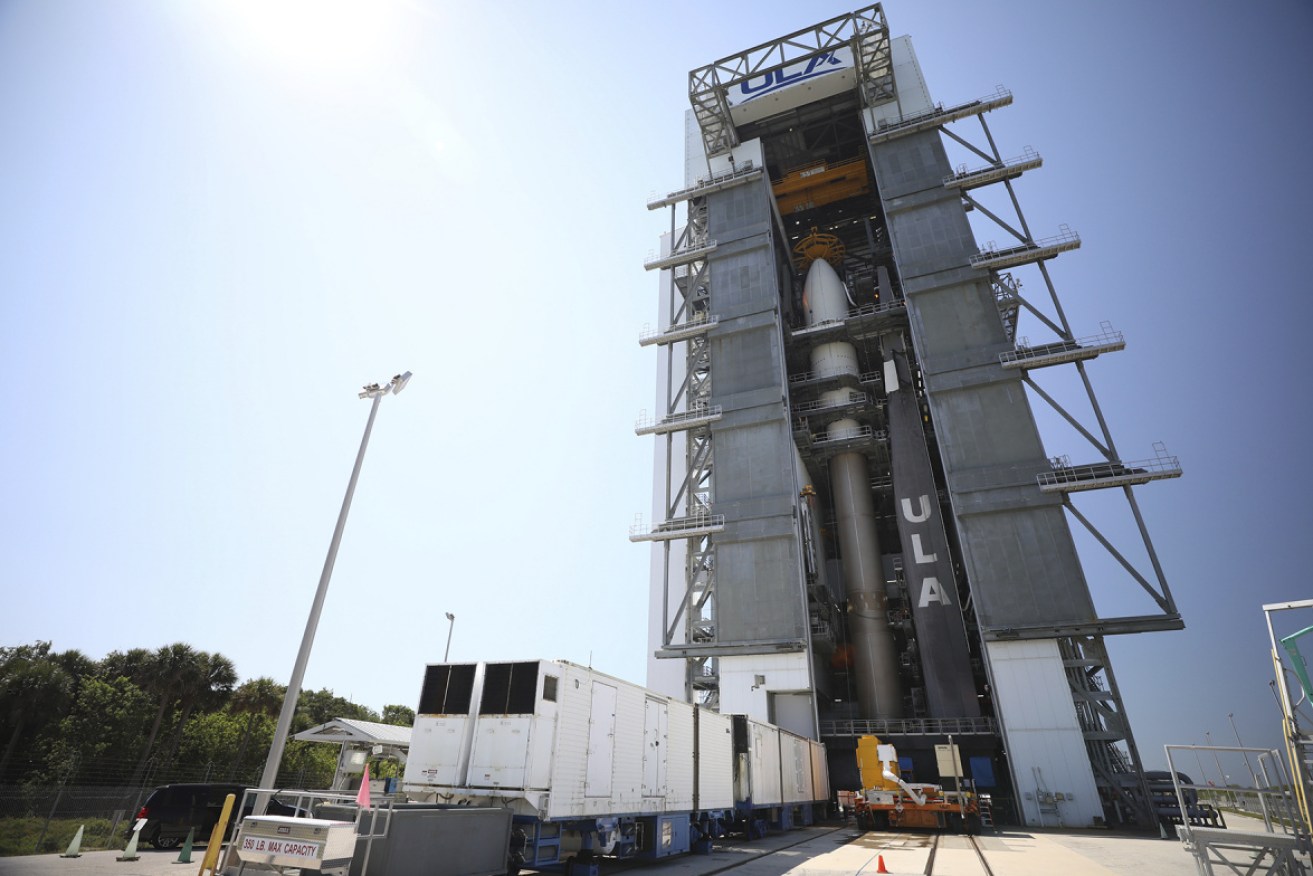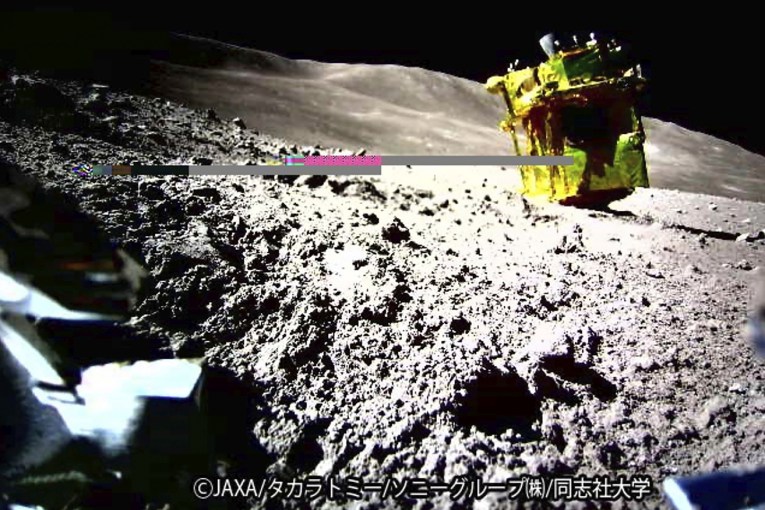US Space Force launches autonomous vehicle into orbit on secret mission


The Atlas 5 rocket prepares for lift-off with the X-37B Orbital Test Vehicle at Cape Canaveral, Florida on May 5. Photo: AP
An autonomous space plane has successfully taken off from Cape Canaveral in Florida as part of a secret USSF-7 mission into Earth’s orbit by the US Space Force.
Dedicated to honour frontline responders and those affected by COVID-19, the United Launch Alliance Atlas V 501 configuration rocket took off on Sunday night (Australian time) with the reusable X-37B Orbital Test Vehicle (OTV-6).
It was the sixth flight for the Boeing-developed space vehicle, which has cumulatively spent up to eight years in orbit and travelled a billion miles (1.6 billion kilometres) during its life.
The X-37B’s last mission was for 780 days.
The launch was delayed for 24 hours because of bad weather.
Boeing Space and Launch senior vice-president Jim Chilton said the versatile vehicle, which is about a quarter of the size of a Space Shuttle, could be rapidly reconfigured to host a wide variety of experiments.
“It flies without crew, it can take off from standard launch pads, and it can land autonomously through public airspace,” Mr Chilton said.
“You add all of that up and there’s a lot of innovation in this machine.”
Mr Chilton said this mission was the first time it has hosted a service module to extend the craft’s capability and payloads, “so this is the most we’ve carried on a mission”.
Besides a NASA experiment about radiation effects on seeds and releasing a satellite for research, the mission also incorporates a Naval Research Lab experiment to turn solar energy into RF electromagnetic energy that could potentially be beamed back to Earth.
LIFTOFF! Liftoff of the United Launch Alliance #AtlasV rocket on the #USSF7 mission featuring the #X37B Orbital Test Vehicle for the United States Space Force! And Atlas has cleared the tower!https://t.co/5ZftXlaW5X@SpaceForceDoD @AF_SMC#AmericaStrong pic.twitter.com/QE0Khvw15l
— ULA (@ulalaunch) May 17, 2020
The winged re-entry vehicle is homed at the same hangar used by NASA’s space shuttles.
“[With this] we can advance the whole space ecosystem with rapid learning,” Mr Chilton said.
“If you think about our ability to put small or large payloads into this vehicle, test them and bring them home to find out how they worked, its flexibility is beneficial [for the whole industry].”
ULA said its Atlas V rocket is a workhorse for the US military, intelligence community and scientific researchers.
The high-energy Centaur upper stage, which has been used to send spacecraft to every planet in our solar system, is incorporated into Atlas V to deliver the payloads to their intended destinations.








